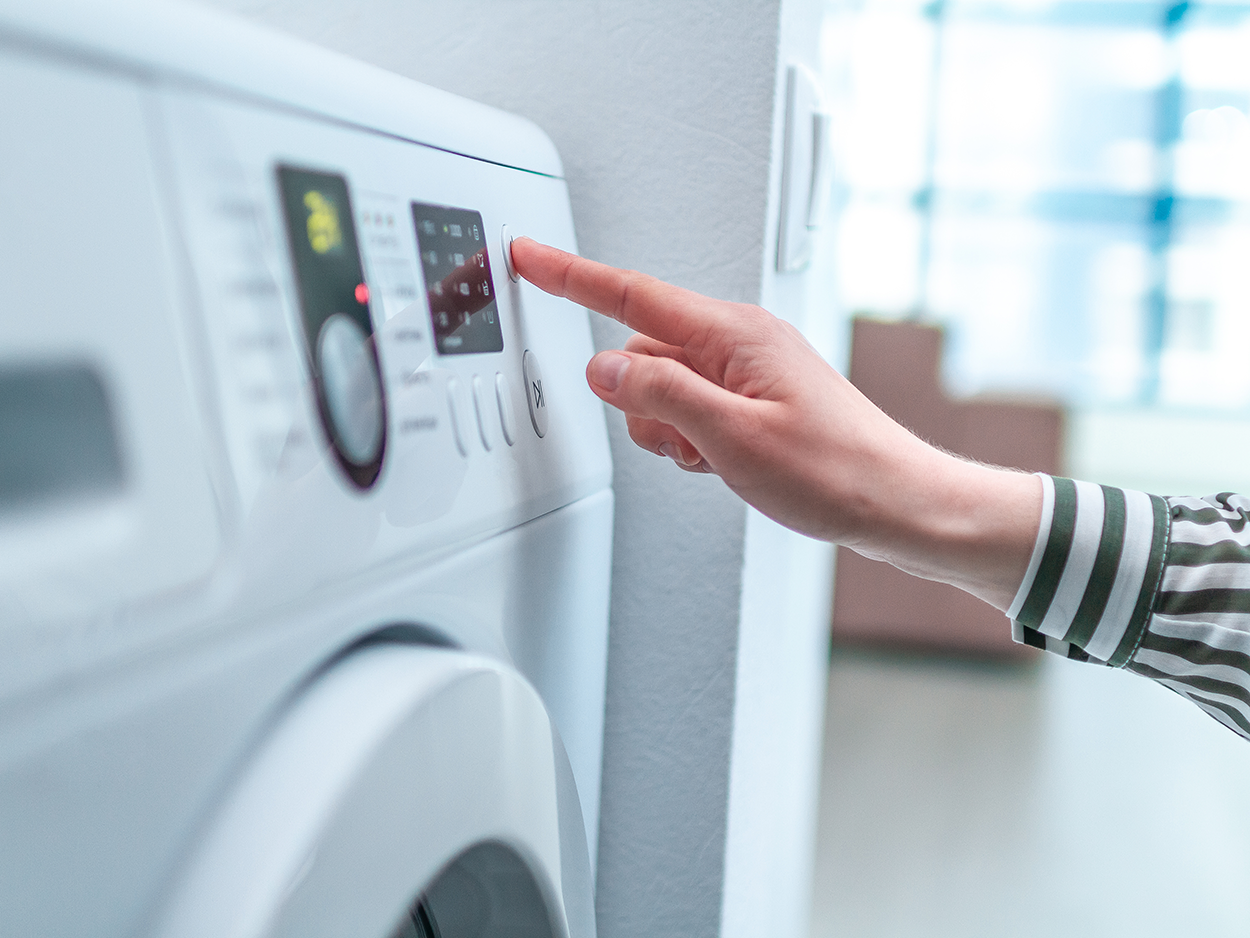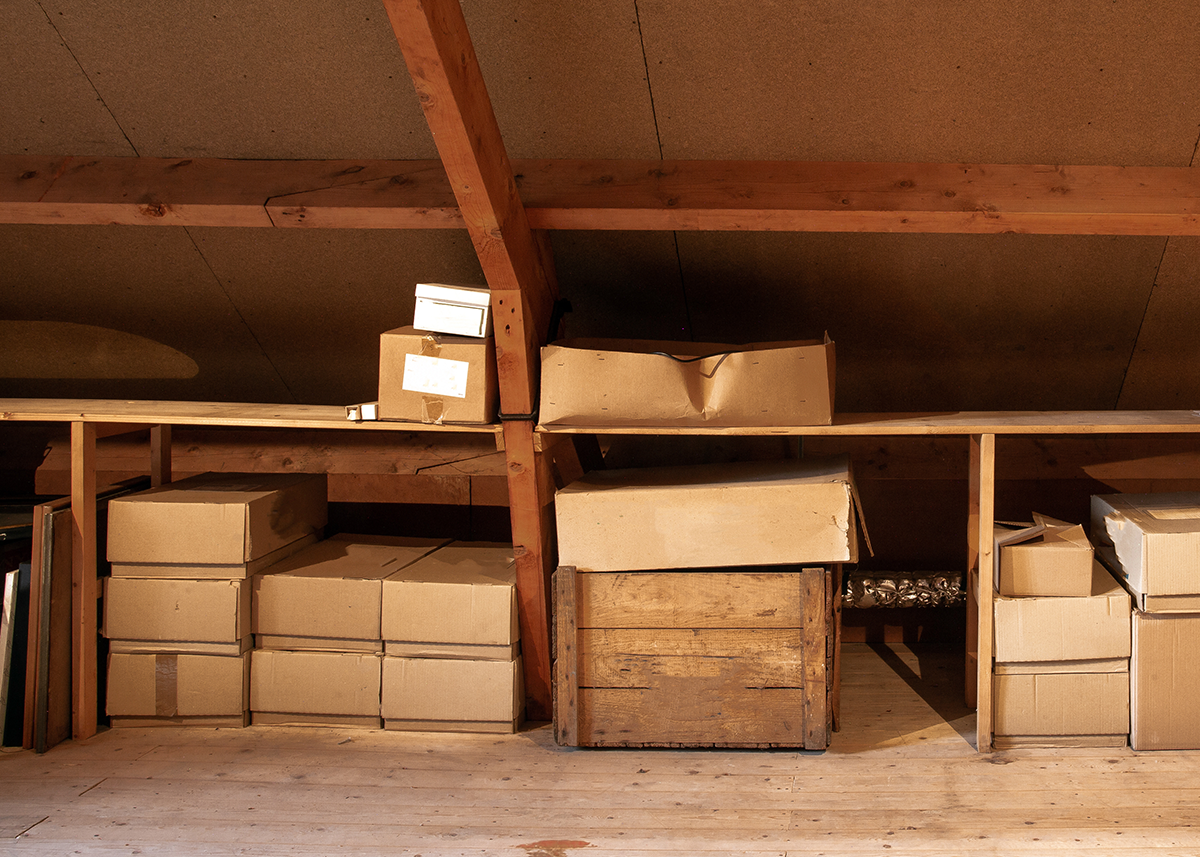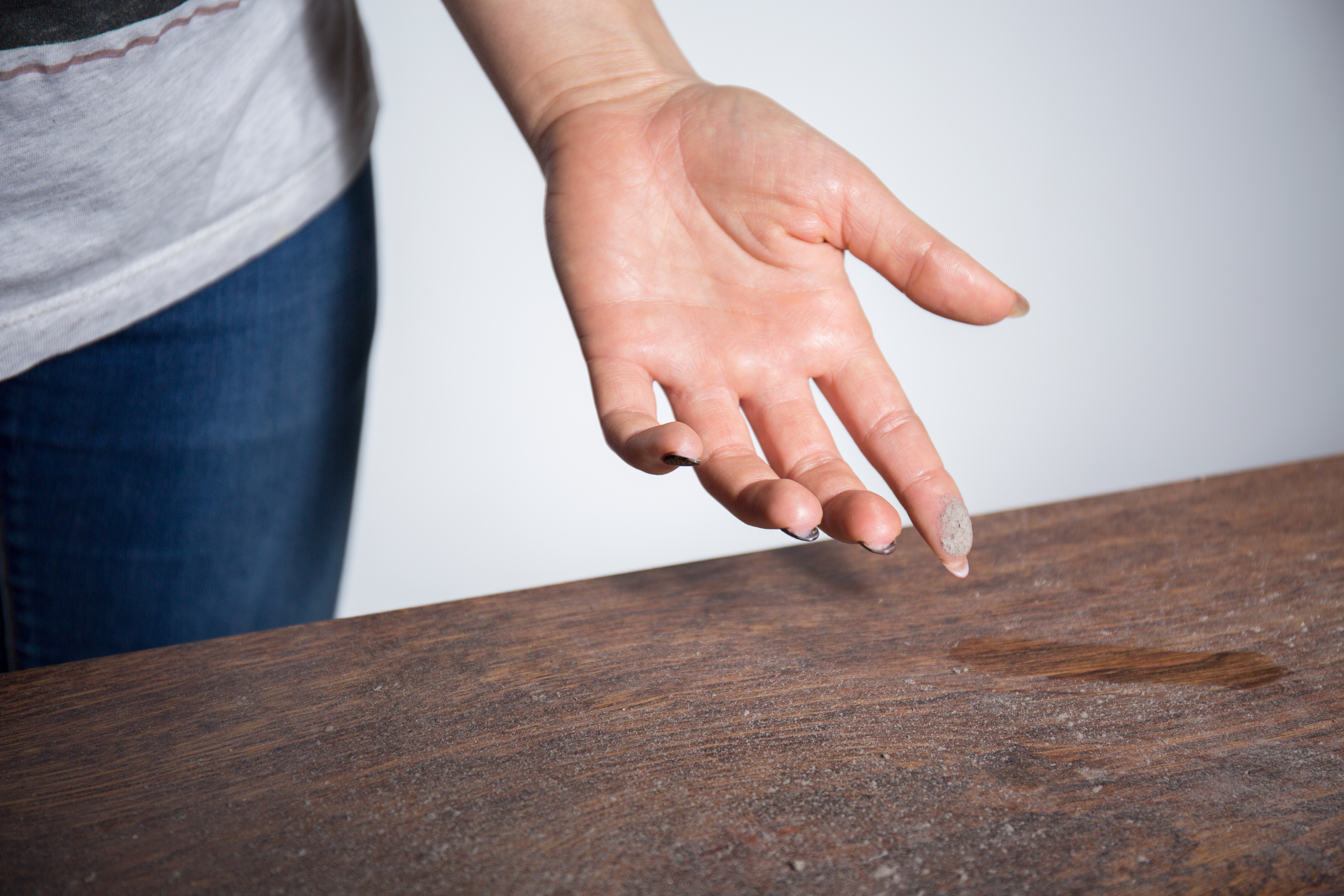
Your worst nightmare has come true. Despite taking precautions to prevent frozen pipes, the unthinkable has happened. What should you do to minimize the damage and cost of repairs?
Here are some tips to follow to help you get the water flowing and avoid a burst pipe that can potentially cause a damaging flood at your property.
Identify the frozen pipe
A water line coated in frost or that has a slight bulge is most likely the frozen pipe. But not all plumbing pipes are visible. Turn on your faucets and if no water comes out, the pipe leading to the faucet is likely frozen.
Thaw the frozen pipe
1. Shut off the main water supply. Frozen water could be acting as a plug that is preventing more water from gushing out. Shutting off the water supply will ensure more water doesn't leak from any hidden cracks in your pipes.
2. Keep your faucet open. Before you begin thawing a frozen pipe, open the faucet that the pipe feeds water into. Be sure to open both the hot and cold handles. The thawing process will create water and stream and your pipes need an opening to discharge this.
3. Apply heat to the frozen section of the pipe. You can use a hairdryer, portable space heater or electric heating tape to do this. Be sure to take safety precautions and keep the device away from water.
Never use a blowtorch, propane or another open flame device to thaw your frozen pipes.
If you don’t think you can safely thaw the pipes yourself, you don’t know where the frozen pipes are or you can’t access the frozen area, call a plumber immediately. Attempting to fix frozen pipes yourself might lead to a bigger issue.









